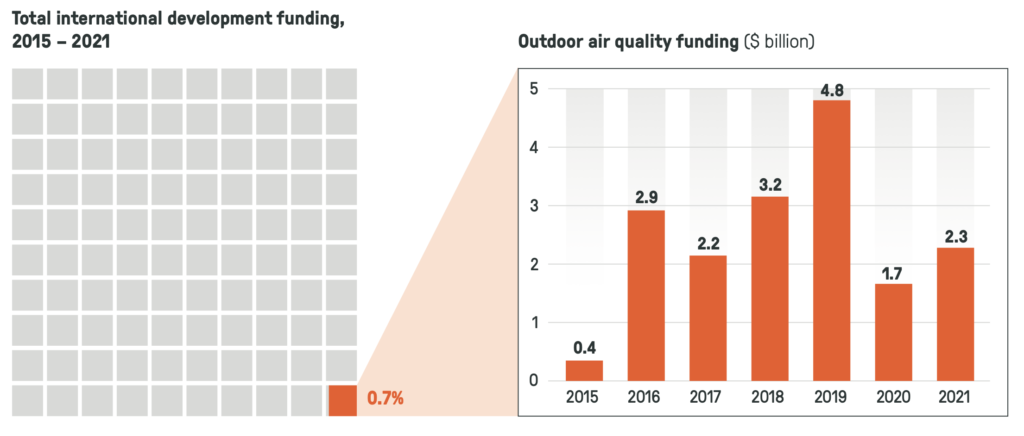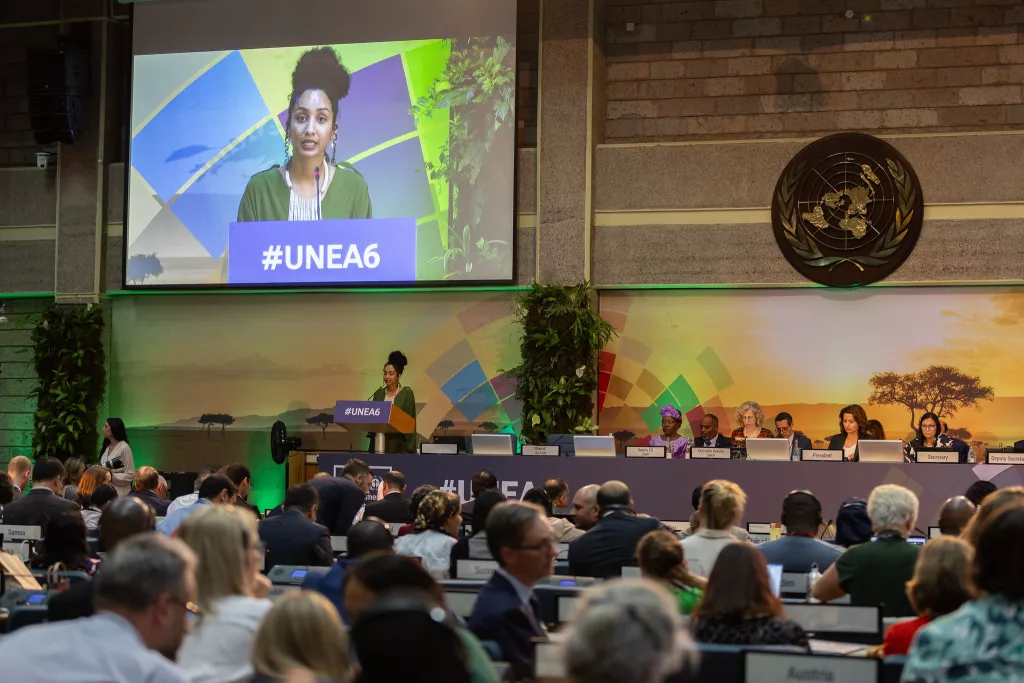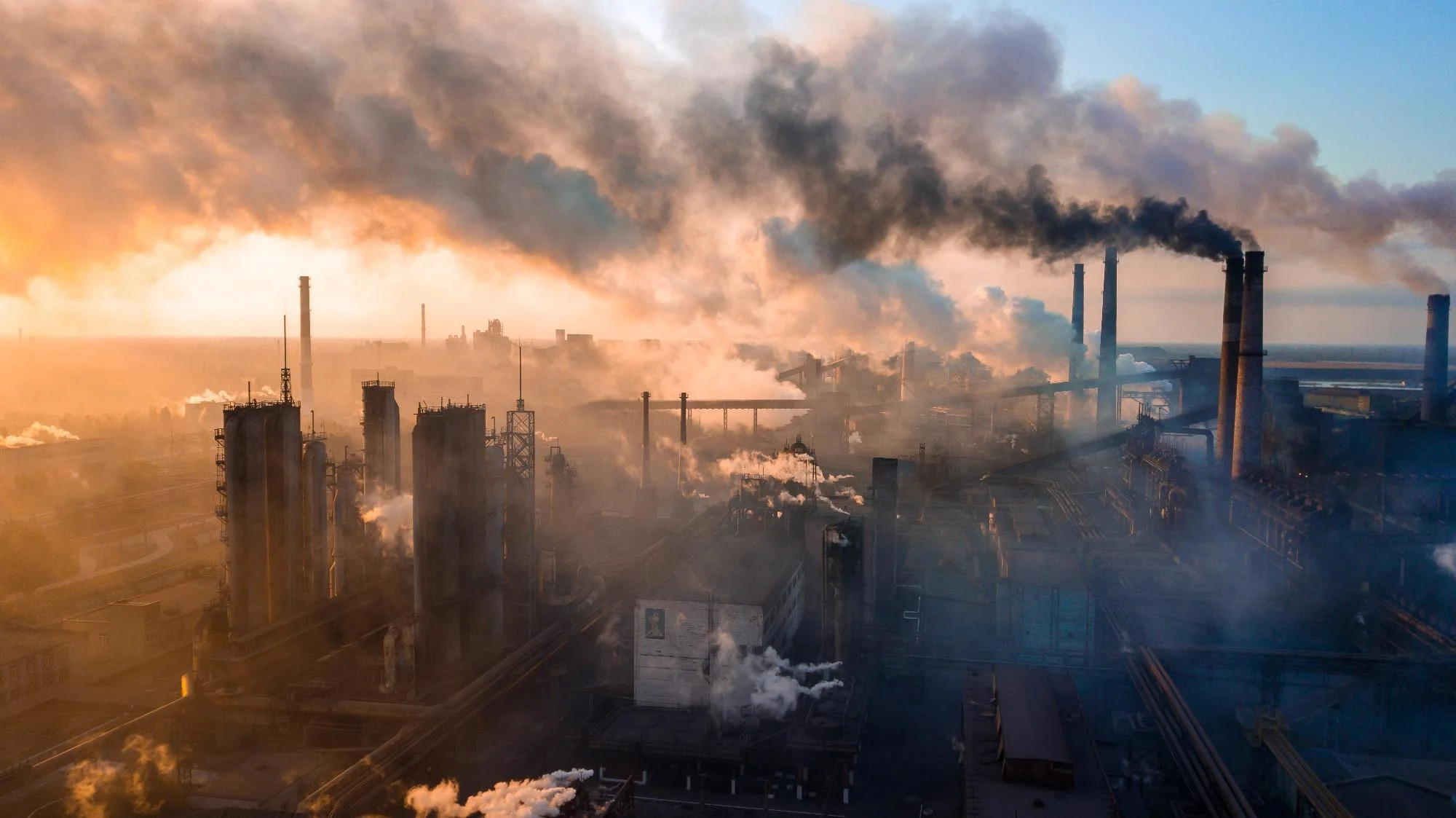Securing funding is of great importance for addressing a range of issues that have negative impacts on human life, the environment, and the economy at both local and global scales. At this stage, accessing the necessary funds plays a critical role in reducing adverse effects and implementing sustainable solutions.
Funding provides a financial avenue for supporting various projects aimed at enhancing economic sustainability, while also encouraging international collaborations to find common solutions and increase knowledge sharing.

The Effects and Costs of Air Pollution
Air pollution has negative consequences on the global economy due to its impacts on the climate crisis, human health, and associated costs. An assessment conducted in 2019 on the economic damages of PM2.5 air pollution estimated these damages to be $8.1 trillion, constituting 6.1% of the global GDP.
The research indicates that development gains achieved in low-income countries since 1990 have been reduced due to the harms caused by exposure to polluted air conditions. This highlights the critical importance of obtaining financing for air quality, particularly in low-income countries, and underscores how air pollution has become a limiting factor for development goals.
What is an Air Quality Fund?
Air quality funds play a critical role in providing necessary financing to achieve sustainable development goals by supporting projects and policies aimed at reducing health impacts, promoting clean energy projects, investing in green technologies, and combating climate change.
These funds can be used to support projects in various areas such as combating air pollution, supporting clean energy projects, investing in green technologies, monitoring and improving air quality, among others. The utilization of air quality funds is of significant importance in providing financial support to efforts aimed at improving air quality, which is crucial for a healthy environment and reducing harmful effects.

Contributing towards environmental issues in line with sustainable development goals and improving air quality on a global scale through strategic investments are some of the key objectives of air quality funds.
Projects supported by air quality funds may include:
- Collection, analysis, and management of air quality and health data.
- Support for air quality monitoring and management initiatives.
- Implementation of policies for establishing low-emission zones, zero-emission areas, and vehicle emission testing programs.
- Communication and citizen participation strategies to support the implementation of policies and programs.
International Development Fund Providers
International development fund providers and the scope of funds provided can be summarized as follows:
- Multilateral Development Banks: Multilateral financial institutions such as the World Bank and the Asian Development Bank undertake the mission of providing credit and grants for the development of low and middle-income countries. These banks typically support large-scale infrastructure projects, economic reforms, and social development programs.
- Bilateral Development Agencies: Examples of agencies that strengthen inter-country cooperation and provide financing for development projects include the United States Agency for International Development (USAID) and the UK’s Department for International Development (DFID). These agencies often support private sector development, improve education and healthcare services, and focus on poverty alleviation.
- Governments: Many countries provide financial assistance to support the development of low and middle-income countries. Through privileged and non-privileged loans as well as grants, these governments often allocate resources to infrastructure development, agriculture support, strengthening healthcare services, and educational projects.
These institutions and resources direct international development financing through a wide range of strategies and programs. These funds typically focus on projects that address basic human needs and aim for sustainable development.
Current Status of Air Quality Financing
Only a very small fraction of international financing is directed towards combating air pollution.
According to data from the US Environmental Protection Agency, every $1 spent on air pollution control yields approximately $30 in economic benefits. However, international donors fail to adequately support projects targeting air pollution, leading to a lack of funding in this area.
According to the 2023 Global Air Quality Financing Status Report, based on data from 2015 to 2021, it was observed that only 0.7% of international development financing (amounting to $2.5 billion annually) and 2% of international public climate financing (amounting to $1.66 billion annually) were directed towards combating air pollution. This indicates insufficient funding for global efforts to improve air quality and emphasizes that projects in this area are not effectively supported.

The distribution of air quality management and reduction efforts is divided among various sectors related to air quality. The transportation sector and multi-sector air pollution control programs receive the largest share in this sectoral breakdown. On the other hand, the agriculture, monitoring and modeling, and residential sectors account for less than 2% of the total share.

Significant Development for the Future of Financing: UNEA 6
During the sixth session of the United Nations Environment Assembly (UNEA), held in Nairobi, Kenya, a decision was approved focusing on enhancing air quality worldwide through knowledge sharing and regional cooperation. To ensure effective levels of air quality financing, it is crucial to further support such decisions.
UNEA, consisting of 193 member states worldwide, operates as the highest-level decision-making body responsible for environmental issues. The sixth session of the Assembly (UNEA 6) concluded with a decision aimed at establishing a global platform for sharing information on combating air pollution among member states and enhancing regional cooperation.

The decision taken by UNEA instructs the United Nations Environment Programme (UNEP) to establish a global information platform to facilitate the sharing of knowledge, information, and expertise among member countries. It is expected that through an online platform, the provision of practices, interactive online tools, pollution data, and air quality maps will be facilitated.
Additionally, the decision sets out key objectives aimed at facilitating regional collaborations, aligned with the air quality standards and guidelines of the World Health Organization. Through partnerships developed by governments in line with these objectives, effective decisions can be made at the regional level. This decision to improve global air quality can be considered a promising step forward for the world.
When looking at the steps taken to improve global air quality, every policy and collaboration developed with collective awareness plays a critical role in achieving clean air goals. Of course, another crucial factor in this regard is the provision of necessary financing. This is a vital step towards a more livable and hopeful future. The practices of institutions and governments in this area will play a decisive role in working together to make our planet a more sustainable and promising place.
References
Clean Air Fund, The State of Global Air Quality Funding 2023.
Our World in Data. (2023). Outdoor Air Pollution
Clean Air Fund. (2023). UN Environment Assembly passes landmark air pollution resolution
Vox. (2023). How Delhi became the most polluted city on Earth









